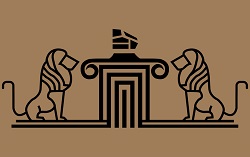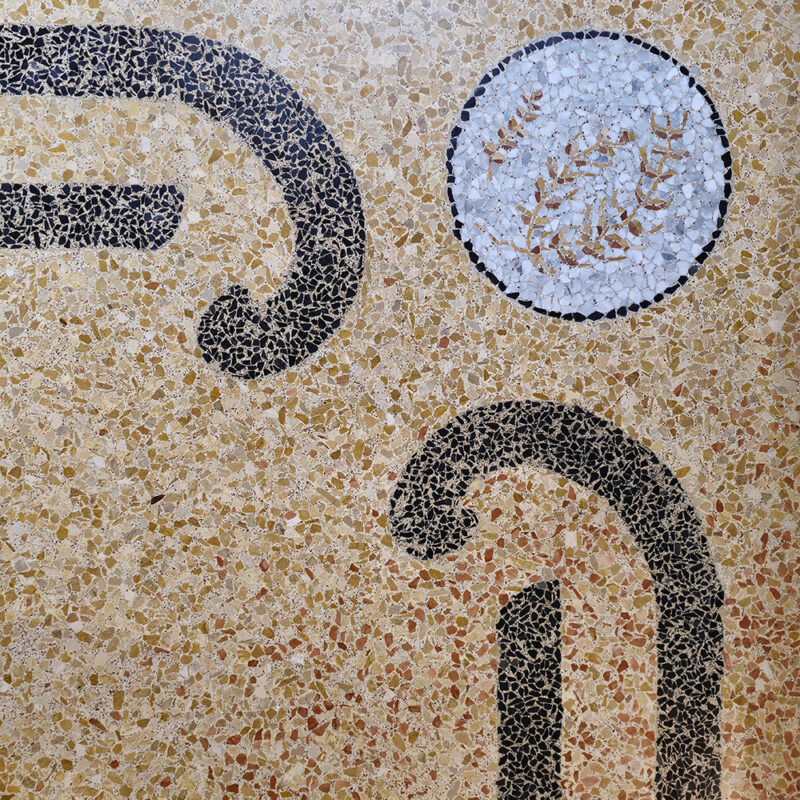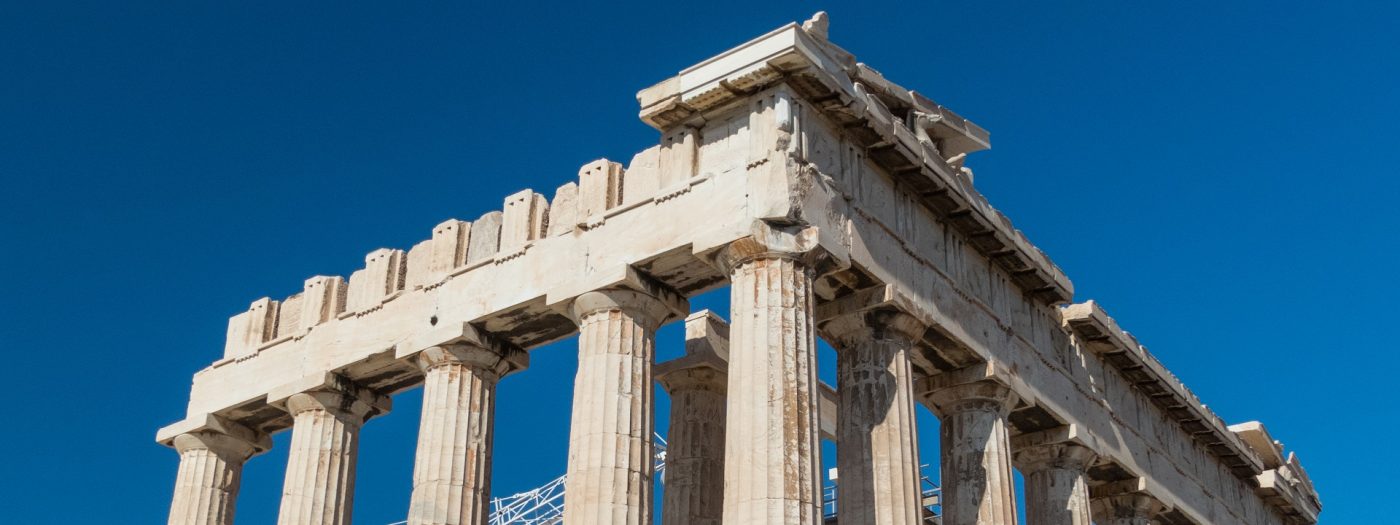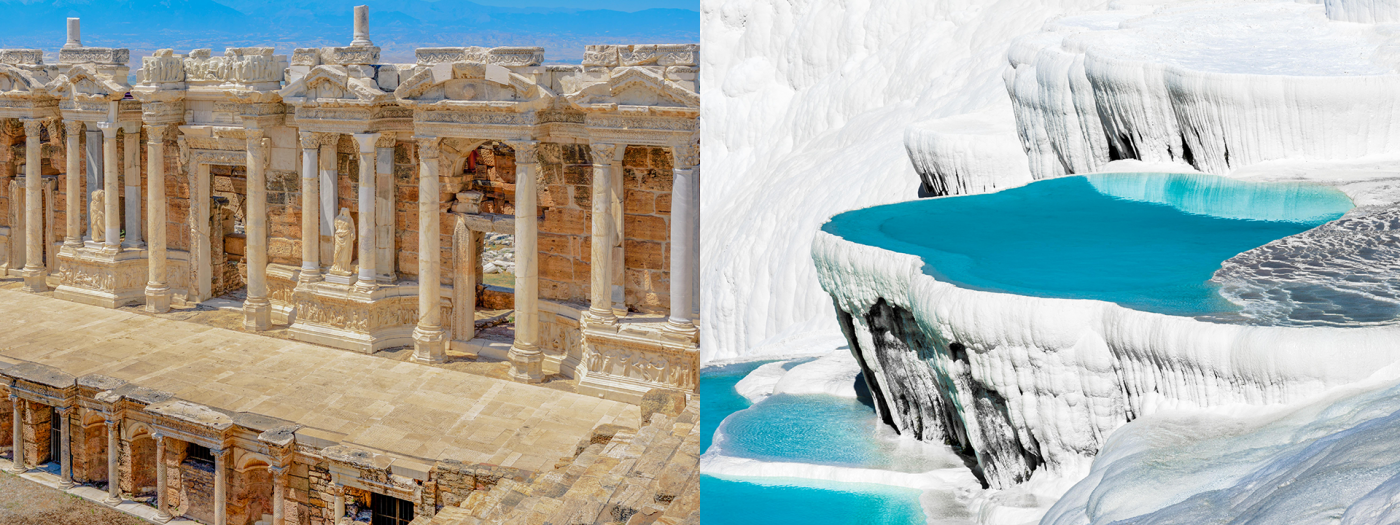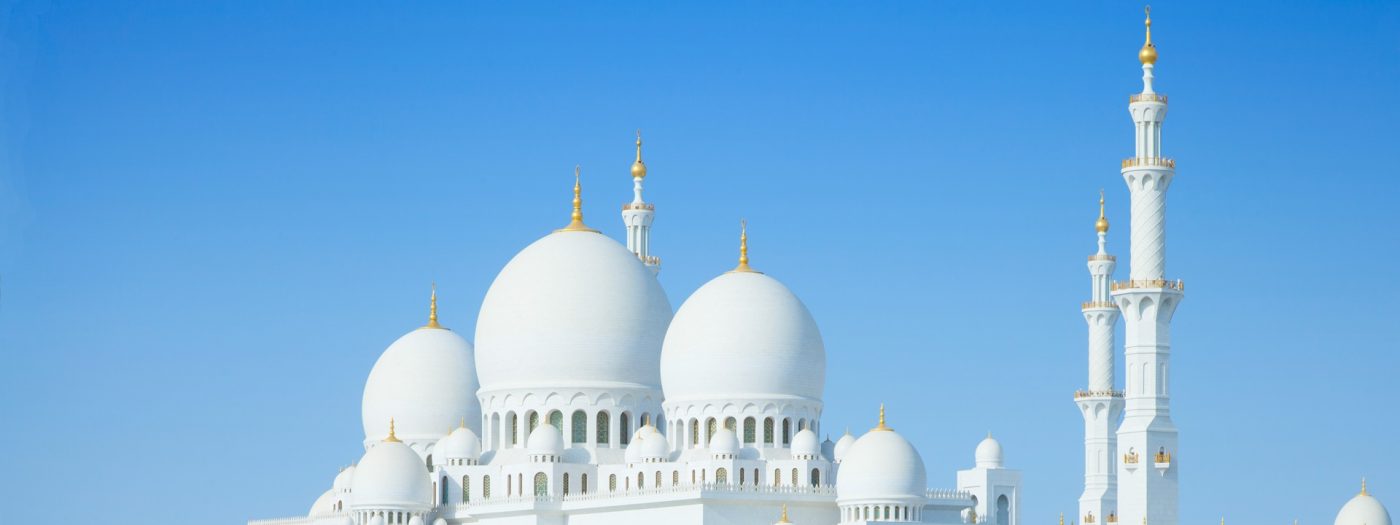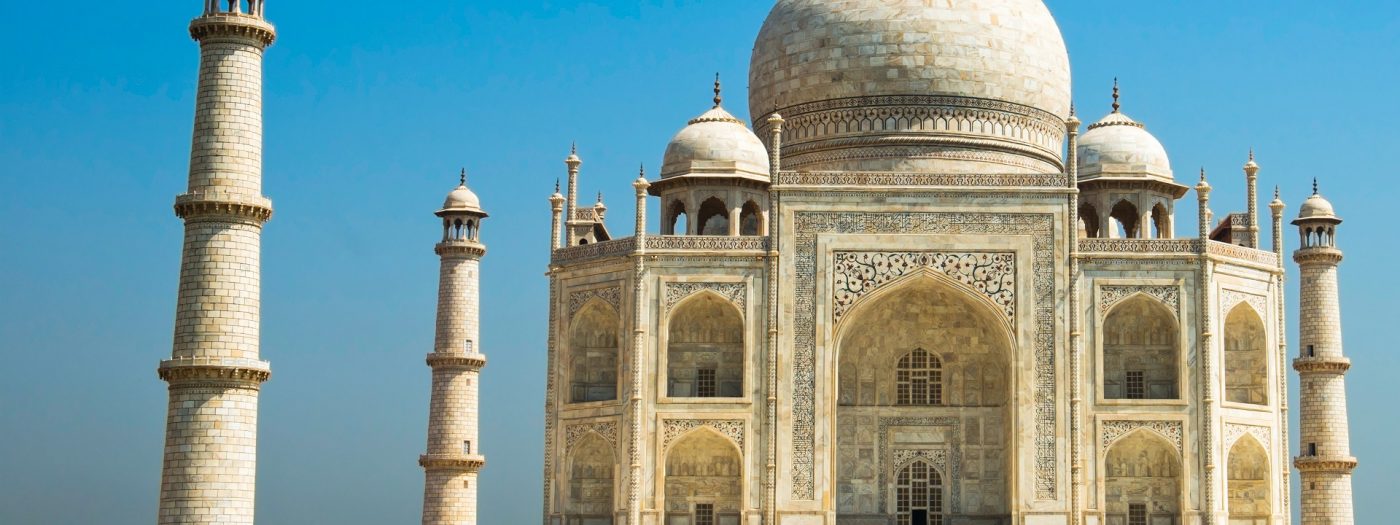In July 2024 we visited the Vianello family in Venice. The family produces the famous Terrazzo by pure manual labour. Terrazzo has been in use for centuries, mostly for manors and castles or public spaces of particularly high splendour. Terrazzo combines small marble (or other natural stones or glass) and cement (or similar binding material) […]
Category Archives: Architecture
Die Frage “Marmor oder Granit” wird oft gestellt und kann zu durchaus heftigen Diskussionen zwischen den Vertretern der beiden “Lager” führen. In Wahrheit ist es aber ganz simpel: Die erste Frage muss lauten: Welchen Zweck soll der Stein erfüllen? Natürlich stellen wir Ästhetik gerne über Pragmatik oder Praxistauglichkeit, aber wir dürfen dabei nicht vergessen, dass […]
Location: Athens, Greece Date built: 447 – 438 BC (decorations continued till 432 BC) Height: 18 m Base Area: 69.5 x 30.9 metres Dedicated to: Goddess Athena Material: Marble and limestone Located on the Acropolis of Athens, Parthenon was built in the age of Pericles between 447 and 432 BCE and was dedicated to the […]
Founded: 2nd century B.C. Abandoned: 14th century A.D. Location: Southwestern Anatolia Periods: Roman Republican to High Medieval Material: Marble, travertine, calcite alabaster, and polychromatic breccia Hierapolis is the ancient Greek Holy City, surrounded by the unreal landscape of Pamukkale in southwestern Anatolia. It is referred to as Holy City in archaeological terms due to the abundance of […]
Location: Abu Dhabi Construction: 1996 – 2007 Dimensions: 290 x 420 metres Base Area: 12 ha Capacity: 40,000 people Built for: Sheikh Zayed bin Sultan Al Nahyan Materials: Marble, gold, semi-precious stones, crystals, and ceramics The Sheikh Zayed Grand Mosque is an excellent example of timeless architecture that represents both the traditions and modernity. It […]
Location: Paris, France Architect: Paul Abadie (originally) Completed: 1914 Height: 83m Length: 85m Width: 35m Material: Travertine from Château-Landon The decision to construct the Sacré-Cœur Basilica was not only a religious one: Building a church was a symbol of the belief that the loss of France in the war against the Prussians in 1870 was […]
Qualitätskontrolle bei Natursteinen ist keine Option, sondern eine Notwendigkeit. Natürlich hat jeder Naturstein seine besondere Beschaffenheit, und die eine oder andere Unregelmäßigkeit gehört quasi zum guten Ton, schließlich ist es ein Naturprodukt. Nichtsdestoweniger beginnt die Qualitätskontrolle mit dem Beginn einer potentiellen Geschäftsbeziehung. Wie läuft das bei uns in der Regel ab: Wir setzen größten Wert […]
Date built: 1632 – 1653 Height: 73m Area: 17ha Built for: Mumtaz Mahal Architecture: Mughal Archictecture Material: Marble The Taj Mahal is a humongous mausoleum commissioned by the Mughal emperor Shah Jahan to act as a tomb for his deceased wife in 1632. It was constructed over a twenty-year period on the bank of the […]
Und da sind wir wieder, in Istanbul – sicherlich eine der faszinierendsten Städte der Welt. Dieses Mal informieren wir kurz und bündig über ein unterirdisches Meisterwerk der antiken Architektur: Die Cisterna Basilica. Diese ist eine spätantike Zisterne mitten im Zentrum von Istanbul, mehr oder weniger schräg gegenüber der Aya Sofya (Hagia Sophia). Sie ist die […]
Grüner Marmor ist ein besonderer Anblick – oft ist er von Mustern durchzogen, die an Schlangen erinnern, was sich auch in der geologischen Bezeichnung niedergeschlagen haben dürfte: Grüner Marmor ist oft nicht reiner Marmor, sondern weist eben viel Spuren von Serpentiniten auf. Meist finden wir grünen Marmor im Innenbereich, als Dekoration, architektonischen Blickfang und andere […]


